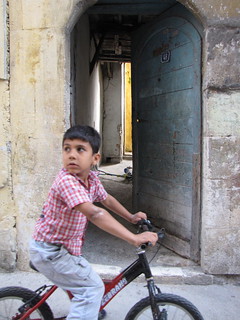This past weekend our group visited a Southern province of Turkey called Hatay, staying in the historic town of Antakya (Antioch). While famous for it’s archeological excavations and fusion of religions- Christianity, Judaism and Islam- this region is becoming more well-known now for the Syrian refugee camps that it’s housing. During our stay, I was able to visit two of these camps. The first one I visited was a camp in Hatay called Yayladağı. Upon arriving we saw several members of the Free Syrian Army, the rebel group fighting government troops, gathered outside packing their things up to head back to Syria to continue the fight against Assad’s regime.

The camp has 1,950 tents and 6,625 refugees staying there. Security at these camps is very tight and while I was unable to go inside this camp, we were able to speak with refugees brought outside the camp.
Children from the camp playing and chanting.

According to UNICEF over 5,000 of the 24, 564 refugees in Turkey are children, and more are being born everyday.
Because Turkish law dictates that Turkey does not have to accept refugees from the East, babies that are born in the camp are still not considered Turkish citizens. The camps each have a basic hospital for minor injuries and illnesses. Refugees are taken to hospitals outside the camp for serious operations, but it can sometimes take over an hour for them to reach a hospital.
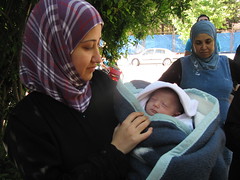
Refugees staying at these camps are not legally authorized to work in Turkey, but many still try to find ways to support themselves and their families. Ayman Karnebo is an artist who sells portraits that he creates out of organic materials that he can scrape together at the camp.
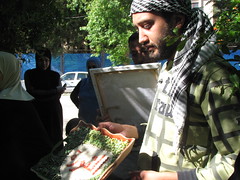
The second camp that I visited was Kilis, which is the largest camp housing 10, 493 refugees.
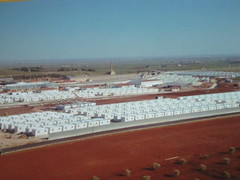
Unlike the other three camps which are tent cities, Kilis has small houses that are 21 square meters for families to stay in.

This camp has a capacity of 12,000 and took just 3 months to construct, while the tent cities take merely 3 days.
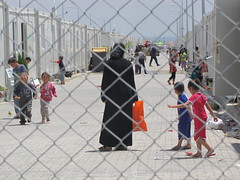


It was incredibly humbling to visit and speak with these refugees, many of which have escaped or witnessed horrible atrocities in Syria, forcing them to leave their homeland. They were all very willing to speak with me because they want their stories to be heard. The refugees are living proof of bravery, courage and perseverance. When you have a comfortable lifestyle it’s very easy to take your freedoms for granted, but these people truly know that freedom isn’t free.
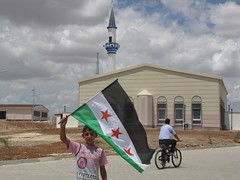













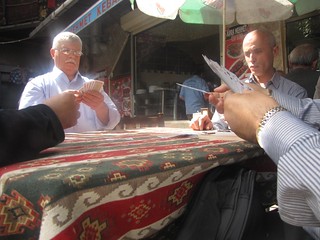
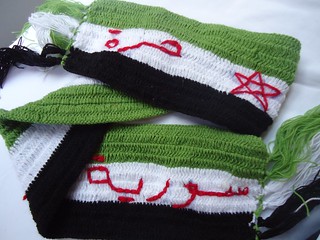
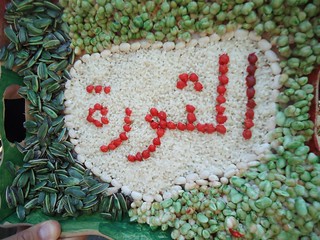
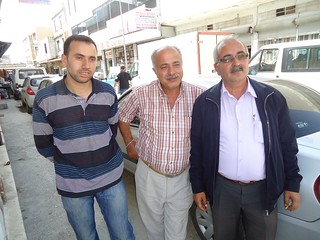
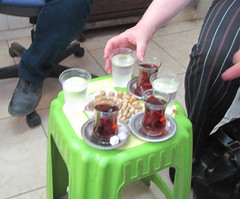
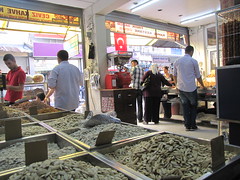
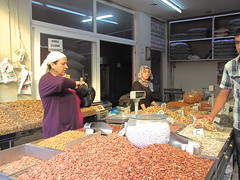
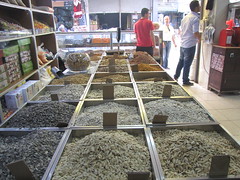
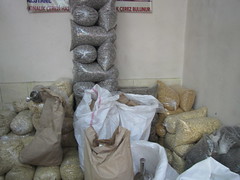
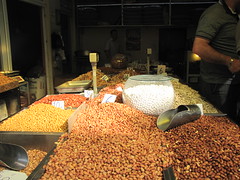
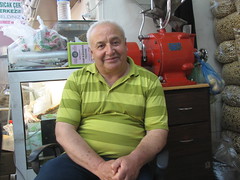
 Antakya -more commonly known as Antioch to most Christians- is an outstanding place. Obviously, it has religious significance, but people tend to forget that many of history’s ‘A-listers’ had a personal connection to the area.
Antakya -more commonly known as Antioch to most Christians- is an outstanding place. Obviously, it has religious significance, but people tend to forget that many of history’s ‘A-listers’ had a personal connection to the area.
 A variety of tools are scattered across his very cluttered work station which reeks of fresh leather and noxious glue. Using an old, giant sewing machine, a couple of “shoe stretchers” and a variety of large shears, he can remedy most shoe problems -too tight, too big, too tall, too short.
A variety of tools are scattered across his very cluttered work station which reeks of fresh leather and noxious glue. Using an old, giant sewing machine, a couple of “shoe stretchers” and a variety of large shears, he can remedy most shoe problems -too tight, too big, too tall, too short.